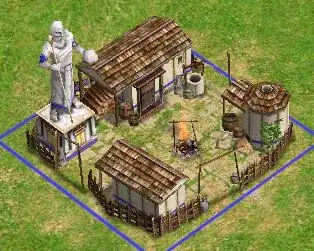150 years into the future, a space faction is in a confrontation with a stronger rival. Our faction is a Kardashev Type I civilization and has a similar technological level to its rival, but the rival is at least 0.1 higher on the Kardashev scale. Both of the confronting factions are defending their systems very well, and they have both realized that there would be extreme difficulties if they tried to siege their rival's systems.
Under these circumstances, our faction decided to send Von Neumann probes to other planetary systems to establish new bases there.
Edit: These probes do not require a supply of raw materials to build the base. (At most, they will bring a small amount of refined material for initial use.) They extract all materials locally.
Edit: The bases will be entirely unmanned. There is no need to send human personnel to the bases once they are built. So we don't have to worry about any passenger ships being detected.
However, the chance of such a probe mission being successful depends on the following factors:
- For every location where we can launch an interstellar probe, our rival has several positions(planetary systems) within ten light-years distance, from where they can monitor our activities.
- Our rival has anticipated that we may try to send Von Neumann probes, so they have put a large amount of energy, resources and computational power to track our interstellar launching activities. They have hundreds of thousands of observatories in each of their system, dedicated to watching our activities. These observatories cover all electromagnetic radiations from gamma-ray and X-ray to radio waves and microwaves.
- Each of our rival's planetary systems can analyze all the data they collected from the observatories within that system in near real-time, but they only have lightspeed communication between their systems (so do we). Despite the slow communication, neither we nor our rival has internal conflicts.
- The lightest Von Neumann probe we can make weighs 170 tons. We can split our probe into smaller ones that we can launch individually, but this does not decrease their total mass.
- Our probe should be moving at a speed of at least 0.1c, and must not take more than a few years to accelerate. Otherwise, it would be too slow to make a meaningful impact on the confrontation.
- Our probes must be able to decelerate when it approaches their target systems. (There are no existing infrastructures in these systems.)
- If our rival detects our probe during its acceleration, the mission fails. Preferably, our probe should also keep undetected during its interstellar coasting and deceleration.
So the question is: How does our faction launch its Von Neumann probes without its rival detecting them? Is it possible at all? Note that every technology and military operation of the two rivalling factions must work according to the laws of physics we know today.

